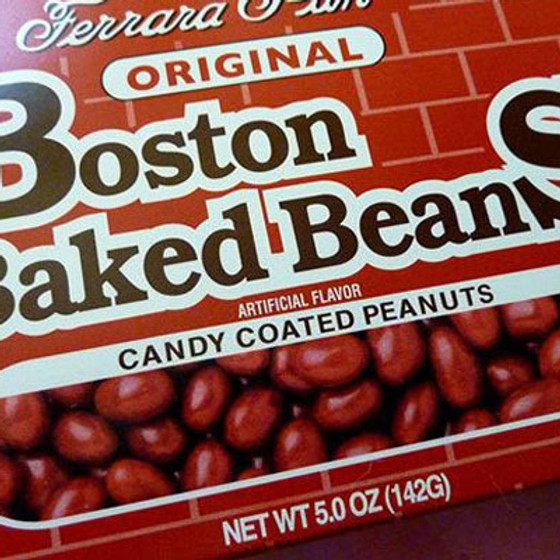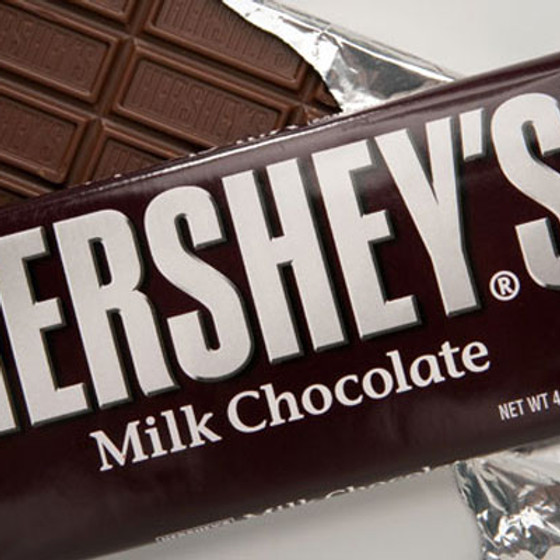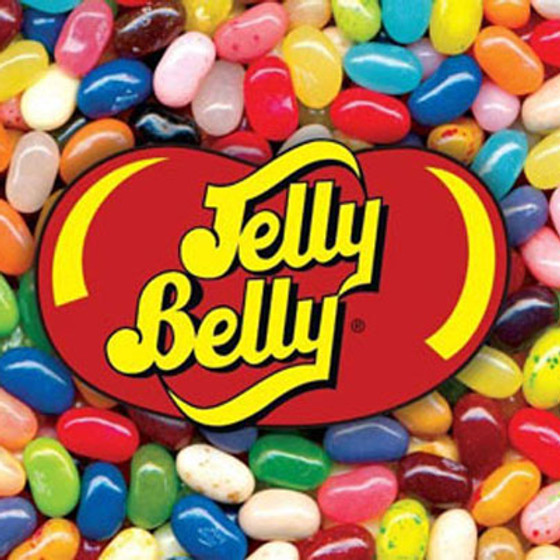CONFECTIONS
You know the fantasy: you're a kid locked inside a candy store.
Hellooo! You're in the candy store.
MARS 3 musketeers candy bar
The 3 Musketeers was introduced in 1932 and originally had three pieces of candy in one package, flavored vanilla, chocolate and strawberry. It became single bar made with all chocolate in 1945. Named after the book The Three Musketeers, it was marketed as the candy bar that was so big it could be shared with two friends.
NESTLÉ 100 grand candy bar
In the 1950's the hottest programs on TV were quiz shows. On the "Big Surprise" contestants were asked to answer ten questions ranging from $100 to $100,000. The program sparked the idea for a new Nestle' product, introduced in 1966, the Nestle' $100,000 Bar. The name was changed in the mid-80s from $100,000 Bar to 100 Grand Bar.

TOPPS bazooka bubble gum
Bazooka Bubble Gum was introduced in the U.S. shortly after World War II by the Topps Company of Brooklyn, New York. The gum was packaged in patriotic red, white and blue colors. Topps added Bazooka Joe comic strips in 1953. In 2011 the gum and packaging were updated for a more modern look which doesn't include Bazooka Joe.

HERSHEY'S milk chocolate bar
The Hershey Company originated with candy-manufacturer Milton Hershey’s decision in 1894 to produce sweet chocolate as a coating for his caramels. The Hershey Milk Chocolate Bar was first sold in 1900, followed by the Hershey's Milk Chocolate with Almonds
variety, which began production in 1908.

PEZ tablet candy
PEZ candy was invented in 1927 in Vienna, Austria by Eduard Hass III. The name PEZ comes from the German word for peppermint, "pfefferminz," taking the P from the first letter, E from the middle and
Z from the last letter. To grow the US market in the early 1950s PEZ introduced character dispensers, targeting them toward children.

NESTLÉ butterfinger candy bar
Otto Schnering, invented the Butterfinger candy bar in 1923. Butterfingers were made popular by dropping them out of airplanes over major cities. The company held a public contest to choose the name of the candy which is taken from a slang term used to describe a clumsy person, often in sporting events to describe an athlete who can't hold onto the ball.

MARS m&m's candy
M&Ms were first introduced in 1941 to American soldiers serving in World War II. The letter "M" first appeared in 1950. In 1954, Peanut M&Ms were introduced. At the same time the M&M's brand characters and the famous slogan "The milk chocolate that melts in your mouth, not in your hand" were both trademarked.
JUST BORN jelly belly jelly beans
In 1976, David Klein, a candy and nut distributor, collaborated with Herman Rowland to create a jelly bean using natural purees. Using the Mini Jelly Bean concept, the Jelly Belly jelly bean was created. Klein coined the name "Jelly Belly" as a tribute to blues musician Lead Belly.

MARS lifesavers hard candy
Clarence Crane invented the brand in 1912 as a "summer candy" that could withstand heat better than chocolate. The candy's name is derived from its similarity to the shape of life preservers. Crane sold the rights to his Pep-O-Mint peppermint candy to Edward Noble. Noble founded the Life Savers and Candy Company in 1913. The five-flavor roll first appeared in 1935.
TOOTSIE tootsie pop lollipops
Leo Hirshfield was looking around for a name for the new confection he was making from a recipe he'd brought over from Europe in 1896. He choose the name of his 6 year old daughter, Clara, whose nickname was Tootsie. In the 1930s, the first soft-centered lollipops, Tootsie Pops, were sold.

HAVE AN ICON TO SHARE?
If you have a Confection Icon you'd like us to add, please leave us a message.
Our editors welcome every submission and suggestion. So please, reach out!



































